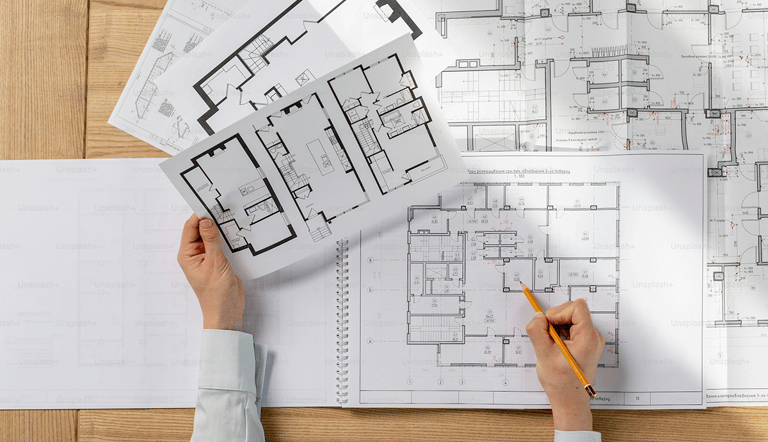User Journey Map vs. Sitemap
While I have been working on creating Settly (a web app to manage immigrant permissions in Italy), I've realized that this is a project with a clear purpose.


The great revelation that saved my project
While I have been working on creating Settly (a web app to manage immigrant permissions in Italy), I've realized that this is a project with a clear purpose. Still, when I started, I didn't imagine the enormous internal complexity it hid. When I began to wireframing phase to structure my ideas, my mind was flooded with screens—the welcome screen, the login, the user's home screen… I hadn't counted on running into a big question that stopped my progress:


What is the difference between a User Journey Map and a Sitemap?
Honestly, I thought they both served the same purpose: to draw the user's path, but upon researching further, I discovered that I was mixing up concepts. I found that understanding the difference was not just a technicality, but a crucial step for the success of my project.
The floor plan of the house (The sitemap)
Now, imagine your web app is a house. The Sitemap is the architectural blueprint. It shows all the rooms (pages), how they are connected (navigation links), and the hierarchy between them.
Its purpose is purely structural and organizational. It is an indispensable tool for:
Organization: So that developers and designers have a clear vision of the information architecture.
Navigation: So that users and search engines can easily find every corner of your website.
The story of the inhabitant (The User Journey Map)


When talking about the User Journey Map, we are talking about the story of the inhabitant. Now, imagine that house is inhabited. The User Journey Map is the diary of the inhabitant. It is the narrative that describes their experience, their emotions, and their interactions as they move through the rooms. This map focuses on the person, not the structure. Its goal is to understand:
Pain points: What frustrations or difficulties does the user face at each stage?
Emotions: Do they feel anxious when registering? Satisfied when completing a task?
Opportunities: At what points can we improve the experience to make it more fluid and pleasant?
The big difference: The "what" vs. the "how"


This distinction was a major turning point for me. My project, which was previously just a set of interconnected screens, was transformed into a user-centered experience. First, I used the Sitemap to define the logical architecture (home, login, etc.). Then, I created the User Journey Map for my ideal user (an immigrant in Italy) and was able to anticipate their needs, fears, and goals.
It's not about choosing one over the other, but about using them together. The Sitemap gives you the skeleton, and the User Journey Map gives it life.
In the end, you don't just build an app, you design an experience.


José David Albarrán Velasquez
© 2025